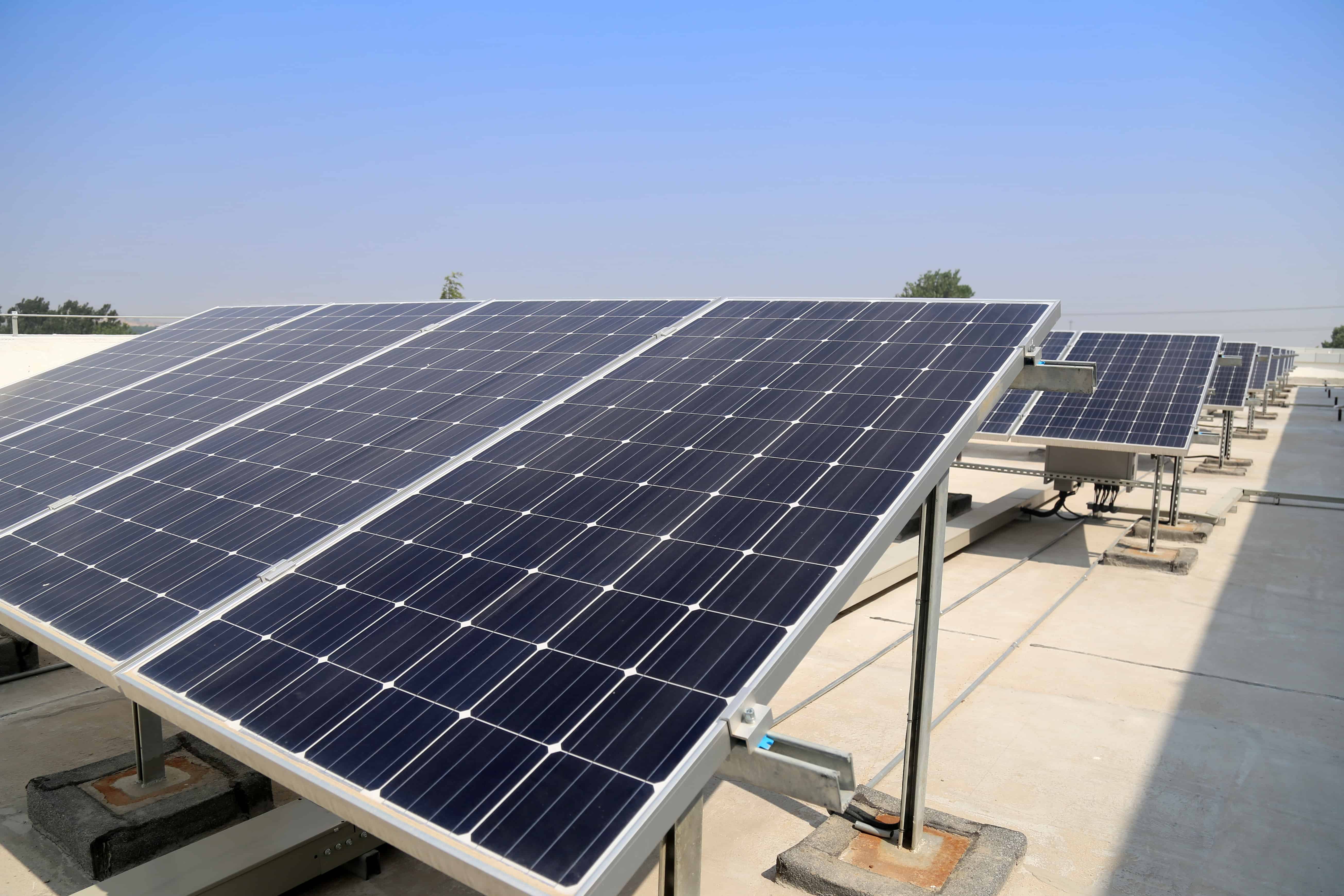Solar Panel System's Orientation: Does It Matter?
Did you know that the orientation of your solar PV system affects its performance? Read on to find out how.
As a tropical country with plenty of sunshine, Malaysia is an ideal location for solar energy production. Solar panels have become increasingly popular in the country as a means of reducing carbon emissions and enjoying savings on electricity bills. However, one of the most important factors that affect the efficiency of a solar panel system is its orientation. In this article, let’s explore the importance of solar panel system orientation in Malaysia and how it can affect the performance of the system.

The orientation of a solar panel system refers to the direction in which the panels are facing. In Malaysia, the optimal orientation for solar panels is to face towards the equator, which means a south-facing direction. This allows the panels to receive the maximum amount of sunlight throughout the day, especially during peak hours.
The angle of the solar panels is also important. The angle should be adjusted to match the latitude of the location where the panels are installed. In Malaysia, the ideal angle for solar panels is between 10 and 15 degrees. This ensures that the panels receive the maximum amount of sunlight during the day, without being too steep or too shallow.
However, the orientation and angle of the solar panel system may vary depending on the location within Malaysia. For instance, areas in the northern region of the country may have different orientation requirements compared to the southern region. Therefore, it is important to consult with a solar energy expert to determine the optimal orientation and angle for your specific location.
Another factor to consider when installing a solar panel system in Malaysia is the weather. While the country enjoys plenty of sunshine throughout the year, it is also prone to occasional rainfall and cloudy days. Therefore, it is important to ensure that the solar panels are not obstructed by trees, buildings or any other obstacles that may block the sunlight.
The efficiency of a solar panel system is measured by its energy output. A solar panel system with optimal orientation and angle can produce up to 30% more energy compared to a system that is not properly oriented. This means that a properly oriented solar panel system can save more money on electricity bills and reduce carbon emissions.
Key Takeaways:
- The orientation of a solar panel system is critical to ensure that it receives the maximum amount of sunlight possible.
- In Malaysia, the ideal orientation is to face the panels towards the equator, which is a south-facing direction.
- The angle of the solar panels should also be adjusted to match the latitude of the location.
- By optimising the orientation and angle of the solar panel system, homeowners and businesses can maximise their systems’ energy output.
